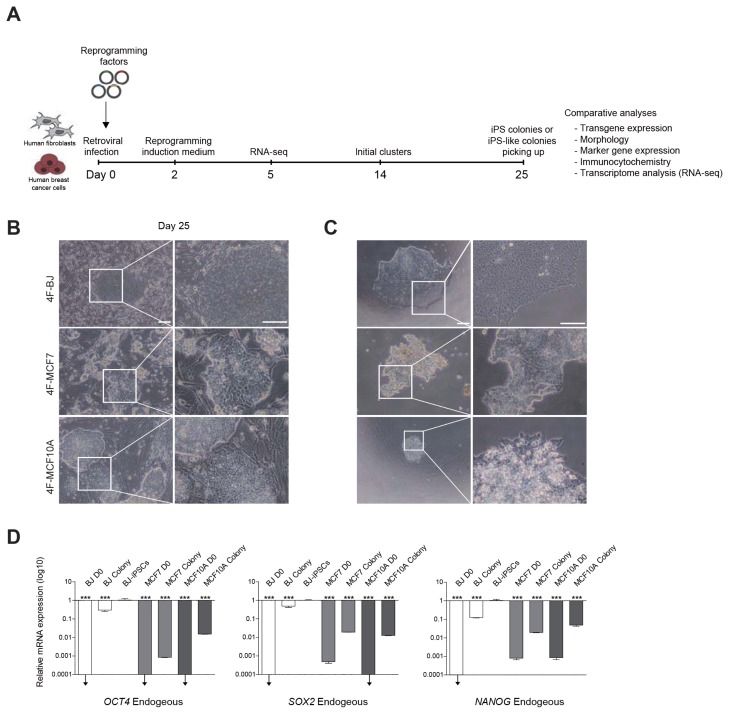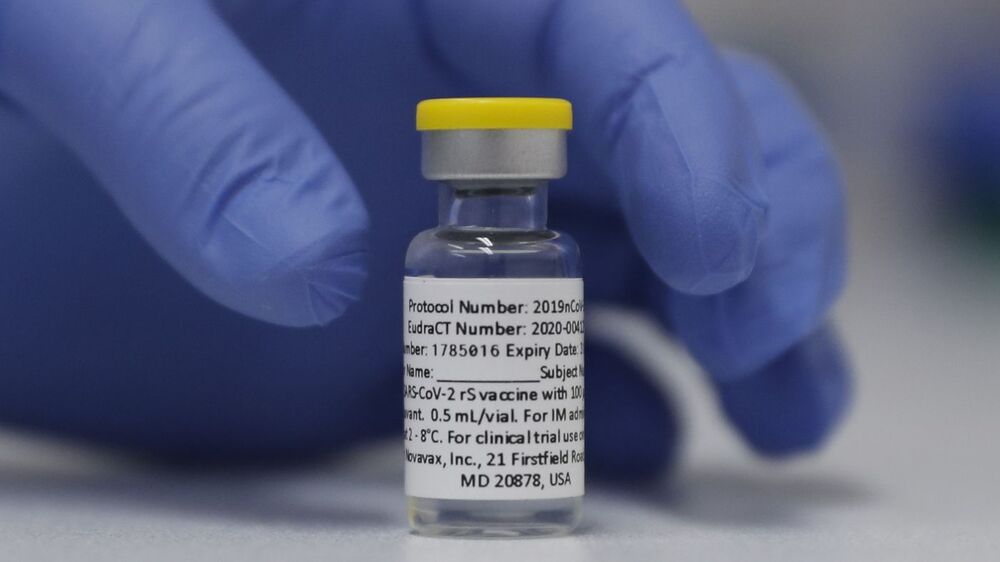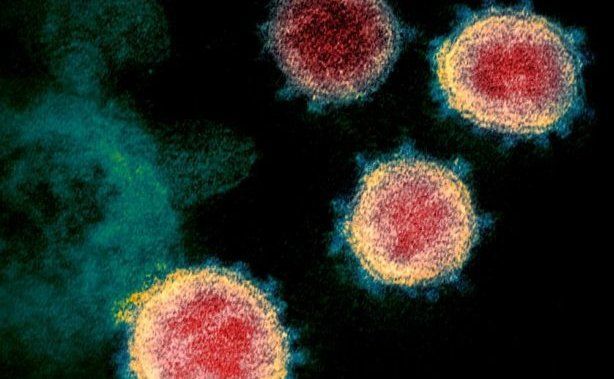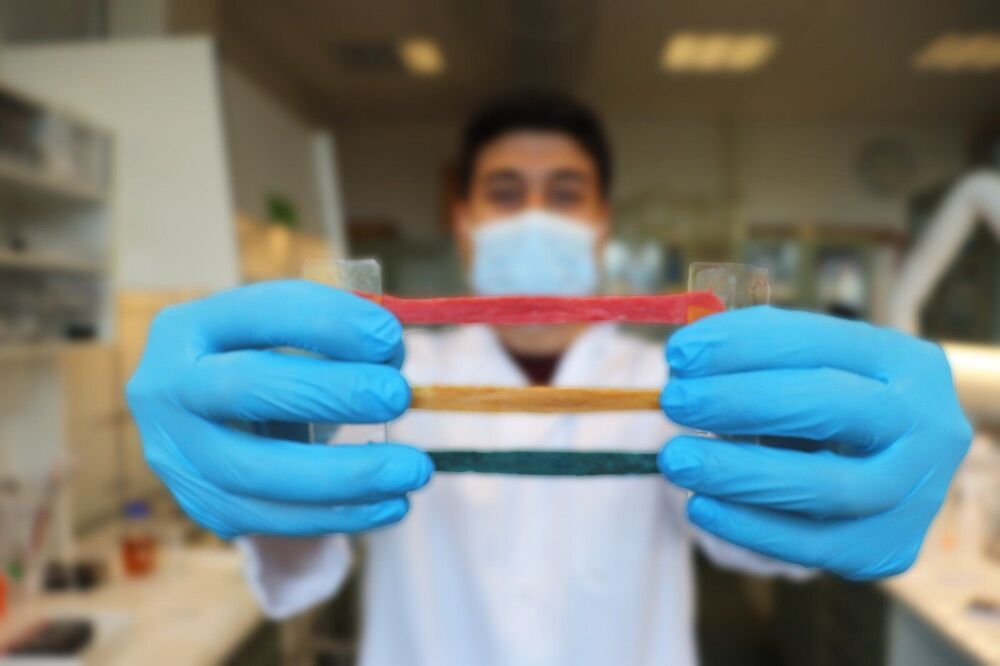Jun 6, 2021
The teeth of ‘wandering meatloaf’ contain a rare mineral found only in rocks
Posted by Quinn Sena in categories: biological, nanotechnology
The hard, magnetic teeth of a leathery red-brown mollusk nicknamed “the wandering meatloaf” possess a rare mineral previously seen only in rocks. The mineral may help the mollusk — the giant Pacific chiton (Cryptochiton stelleri) — meld its soft flesh to the hard teeth it uses for grazing on rocky coastlines, researchers report online May 31 in Proceedings of the National Academy of Sciences.
C. stelleri is the world’s largest chiton, reaching up to roughly 35 centimeters long. It is equipped with several dozen rows of teeth on a slender, flexible, tonguelike appendage called a radula that it uses to scrape algae off rocks. Those teeth are covered in magnetite, the hardest, stiffest known biomineral to date: It’s as much as three times as hard as human enamel and mollusk shells.
Materials scientist Derk Joester and colleagues analyzed these teeth using high-energy X-rays from the Advanced Photon Source at Argonne National Laboratory in Lemont, Ill. They discovered that the interface between the teeth and flesh contained nanoparticles of santabarbaraite, an iron-loaded mineral never seen before in a living organism’s body.

















